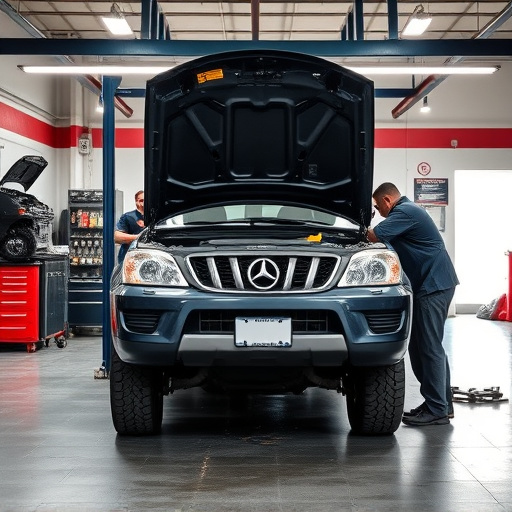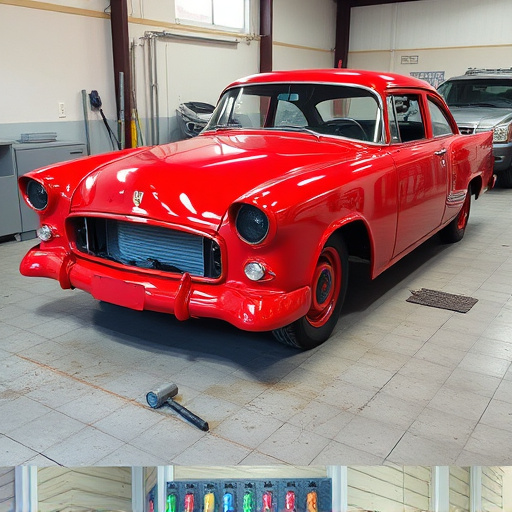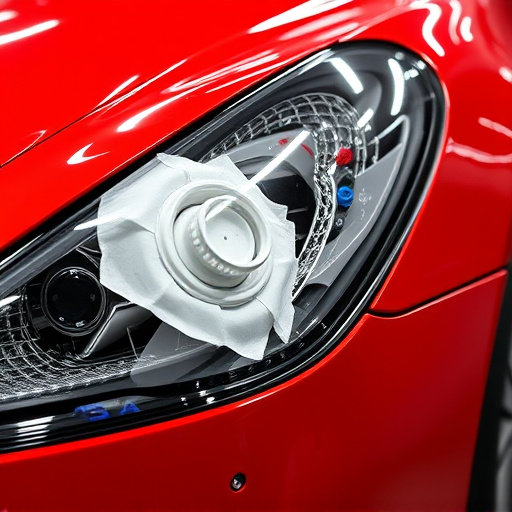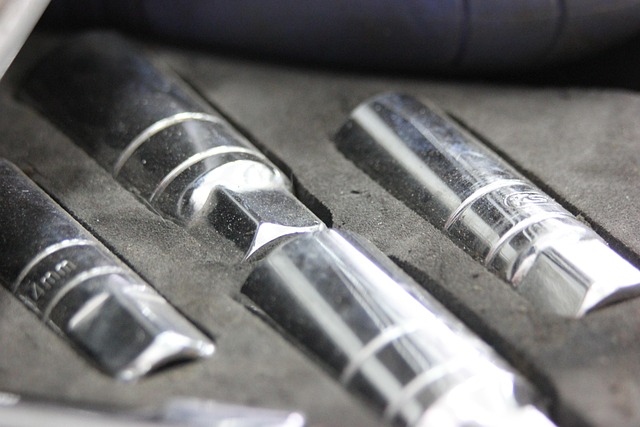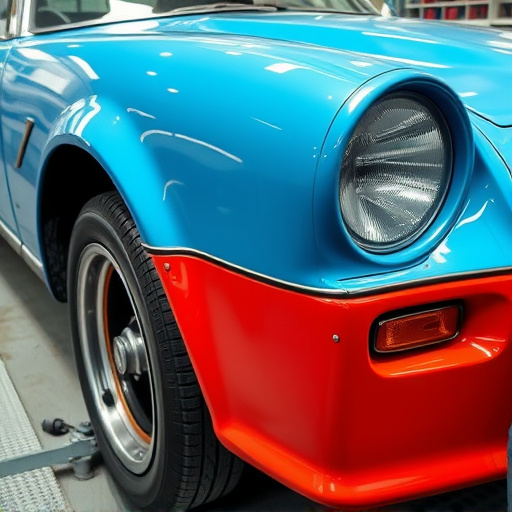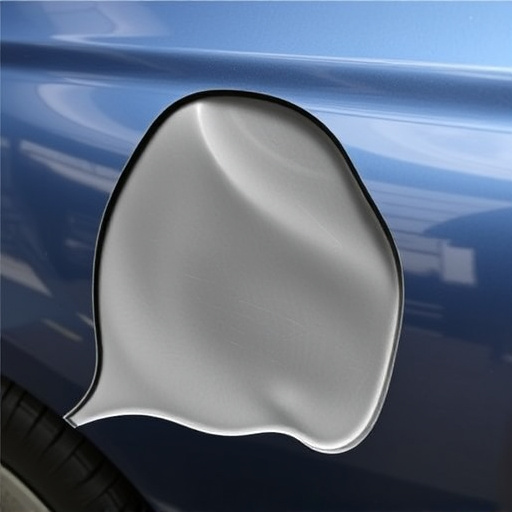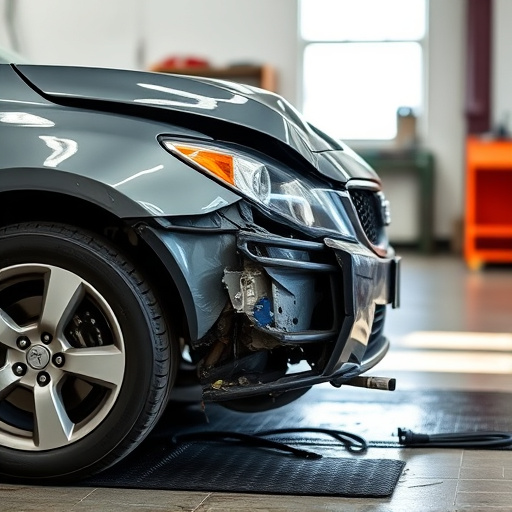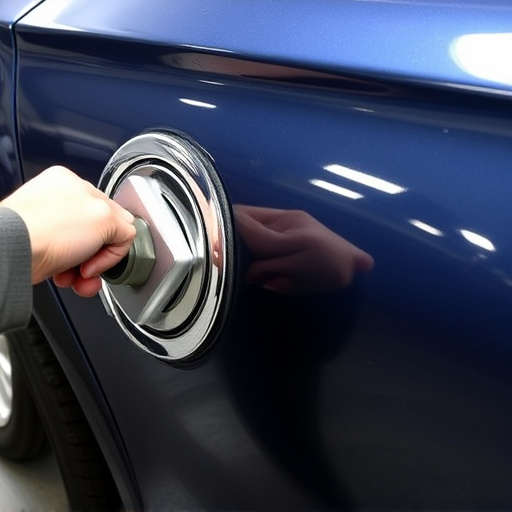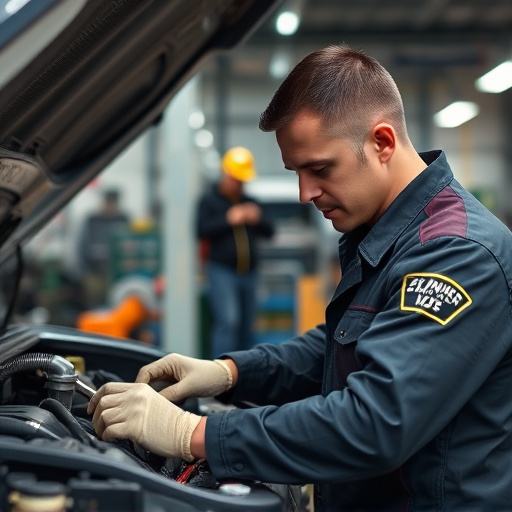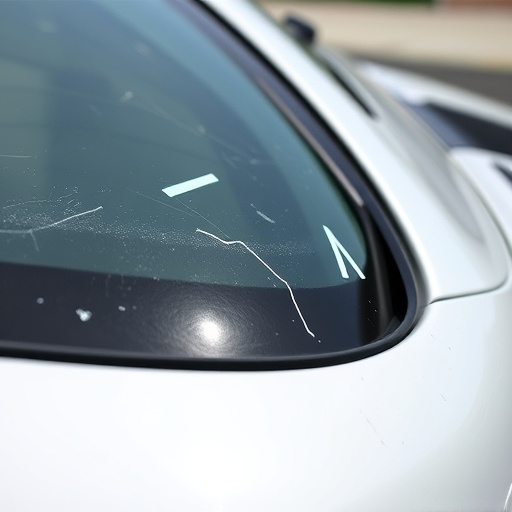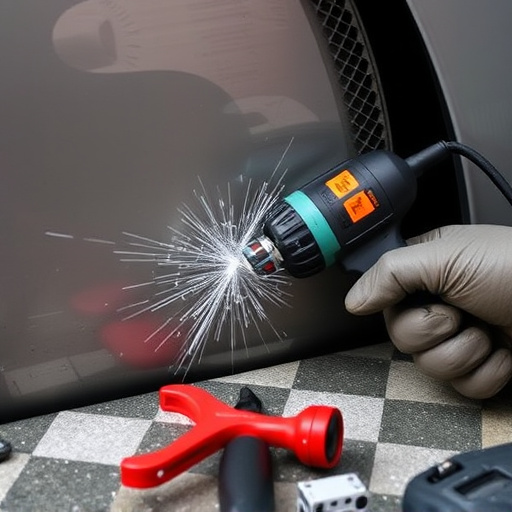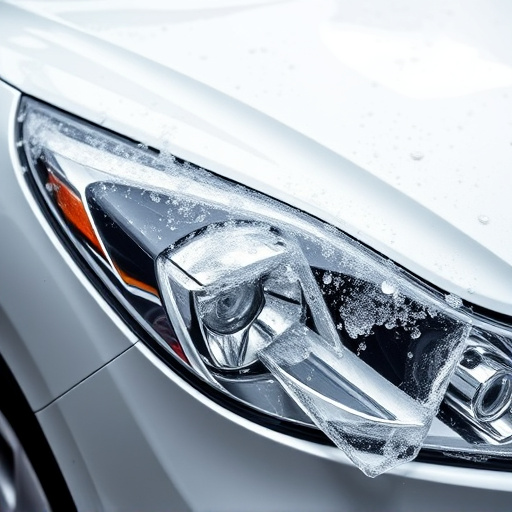After an accident, a comprehensive transmission inspection is key for luxury car owners. Start with a visual check for damage and leaks, test drive for shifting issues, then consider collision centers with skilled technicians for complex diagnostics. Advanced tools and specialist knowledge ensure accurate identification of subtle issues, facilitating effective restoration and extended vehicle longevity.
After a vehicle collision, promptly assessing the transmission is crucial. Learn how to detect potential issues beyond visible damage. This guide breaks down essential steps: first, assess transmission functionality post-collision. Then, conduct a thorough visual inspection for subtle signs of strain or misalignment. If concerns persist, diagnostic testing provides accurate insights. By following these steps—from initial checks to advanced diagnostics—you can effectively identify and address transmission inspection accident issues, ensuring safe and reliable vehicle operation.
- Assess Transmission Functionality After Collision
- Visual Inspection: Signs of Damage and Wear
- Diagnostic Testing for Accurate Diagnosis
Assess Transmission Functionality After Collision
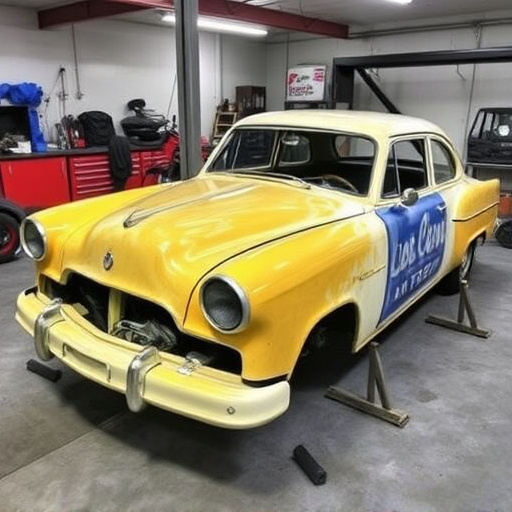
After a collision, assessing the functionality of your transmission is crucial. Start by conducting a thorough inspection to identify any visible damage or leaks. Check for signs of fluid overflow, which could indicate a compromised transmission system. A simple visual check can reveal broken components or loose connections. If possible, test drive the vehicle to assess shifting performance and listen for unusual noises, as these might suggest internal issues.
A comprehensive transmission inspection after an accident is vital, especially if you own a luxury vehicle that requires meticulous repair. While some issues may be apparent, others might require specialized tools and expertise. Consider visiting a collision center with experienced technicians who can diagnose and address complex problems related to your car’s transmission, ensuring it functions optimally after the incident, just like a well-restored luxury vehicle after careful dent removal.
Visual Inspection: Signs of Damage and Wear

After a collision, one of the first steps in detecting transmission issues is to conduct a thorough visual inspection. Look for any signs of damage or wear that could indicate problems with the transmission system. This includes checking for leaks around the bell housing, which houses the transmission and engine, as well as inspecting the mounting bolts and bearings for excessive wear or deformation. Cracks in the transmission case, worn out gears, and damaged clutches are also visual indicators that require immediate attention.
During this inspection, pay close attention to any unusual noises coming from the transmission area, such as clicking or grinding sounds, which could suggest internal damage. Also, check for signs of fluid contamination, like milky or discolored transmission fluid, which might indicate a leak or internal wear. While a visual inspection is crucial, it’s important to note that some issues may not be immediately apparent, so further diagnostic tests are often necessary, especially in the context of luxury vehicle repair or auto body services, to ensure comprehensive vehicle restoration.
Diagnostic Testing for Accurate Diagnosis
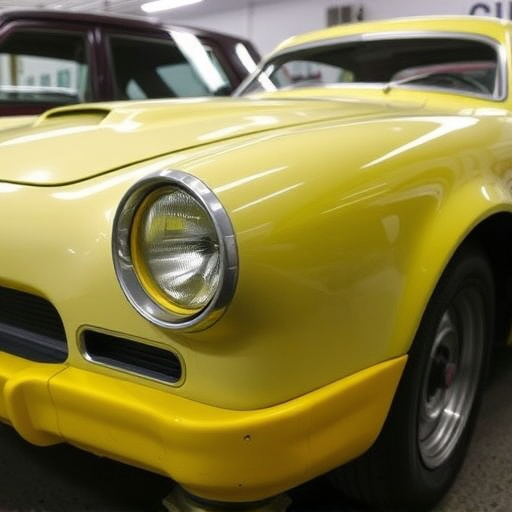
After a collision, proper transmission inspection is crucial to identify any potential issues that may have arisen from the impact. Diagnostic testing plays a pivotal role in accurately diagnosing these problems. Mechanics use advanced tools such as scanners and sensors to perform thorough checks on the transmission system. These tests can detect even subtle anomalies, ensuring no damage goes unnoticed.
During the process, various parameters are measured and compared against factory specifications. This includes fluid levels, pressure, and temperature, all of which offer valuable insights into the health of the transmission. By combining these data points with visual inspections and specialist knowledge, mechanics can pinpoint specific issues, whether it’s a worn gear, damaged bearing, or leaks in the system. Such meticulous attention to detail is essential for effective automotive restoration following an accident, ensuring that the vehicle not only drives smoothly but also maintains its longevity.
After a collision, proper transmission inspection is crucial to ensure safe and reliable vehicle operation. By assessing functionality, conducting visual inspections for signs of damage or wear, and employing diagnostic testing, you can accurately detect and address transmission issues post-accident. These steps are essential in maintaining the health of your vehicle’s drivetrain and ensuring a smooth ride ahead.
